Sentient’s dream

A dual exhibition by Giles Ryder and Dow Wasiksiri, Curated by Nim Niyomsin, Inkhong Art Space, 8 October – 27 November 2022
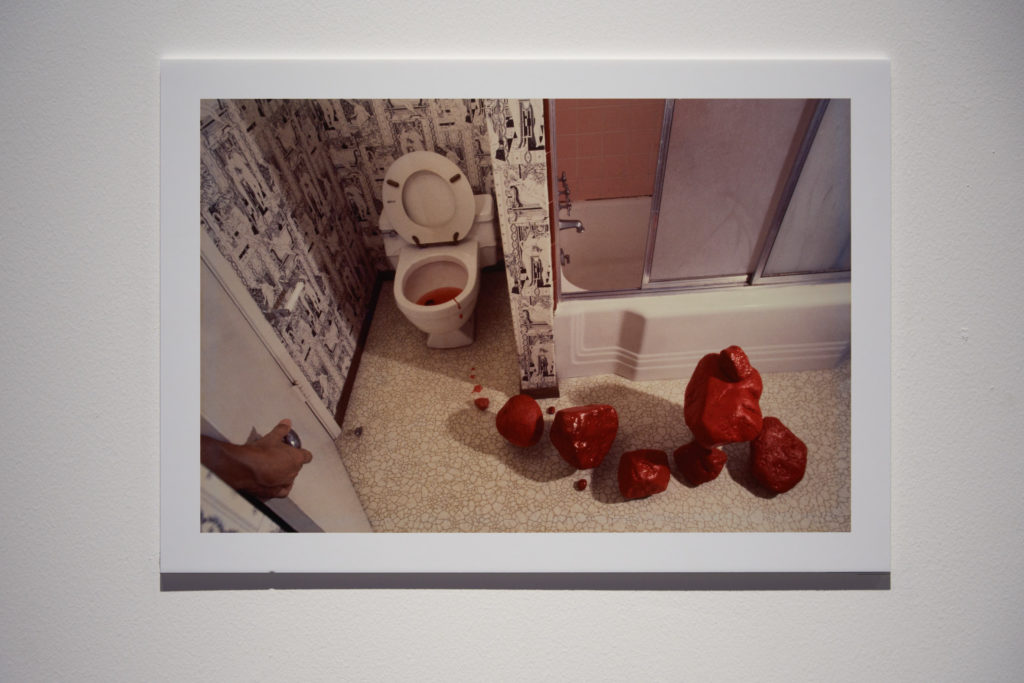
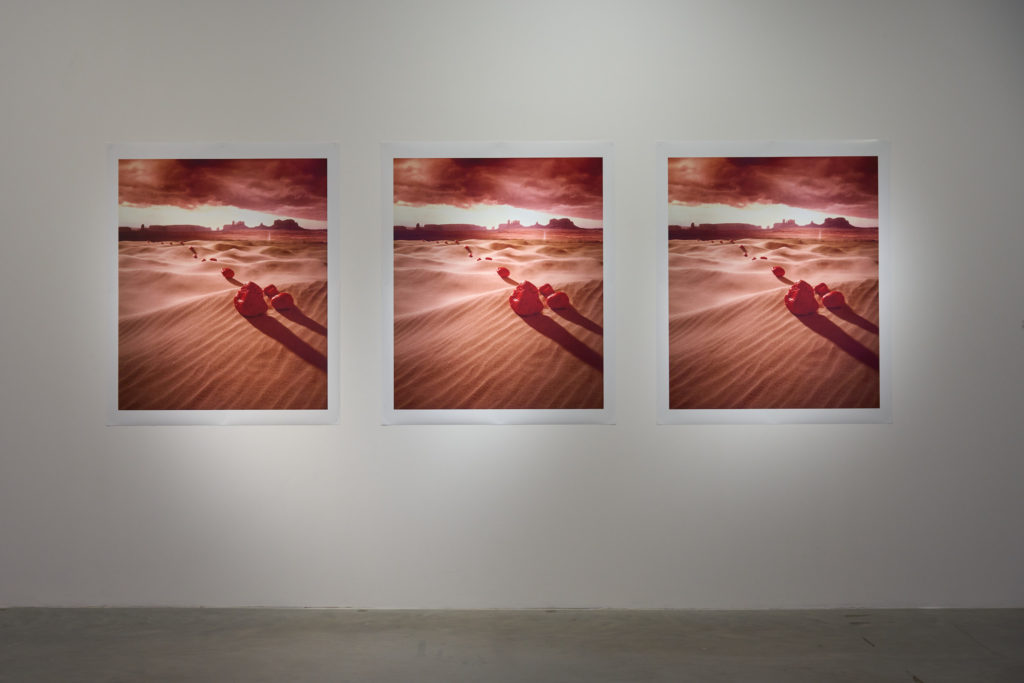
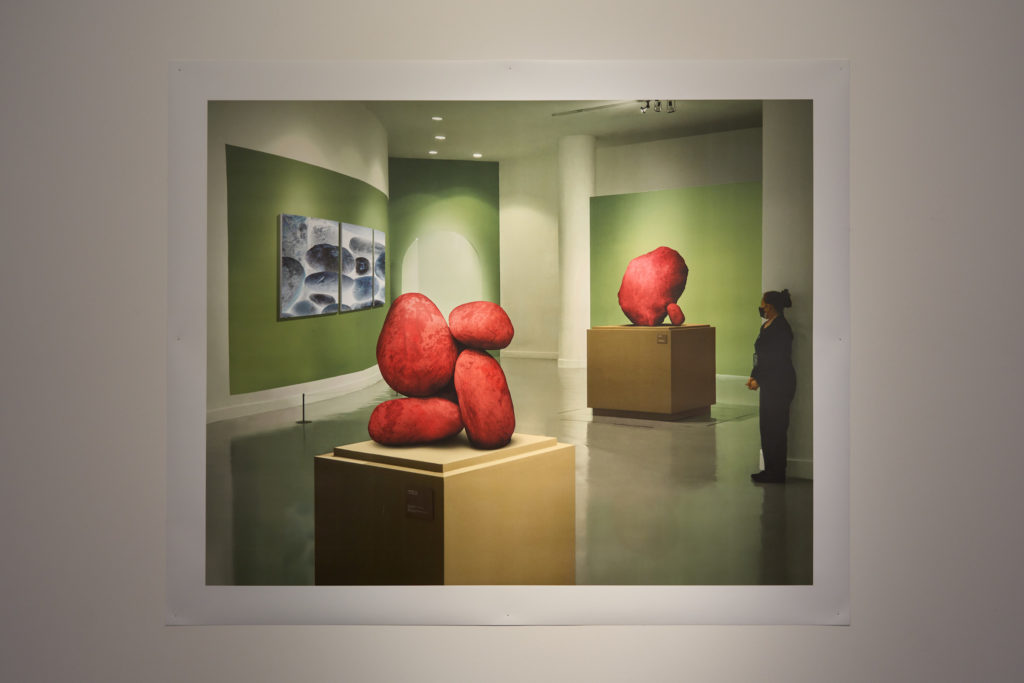
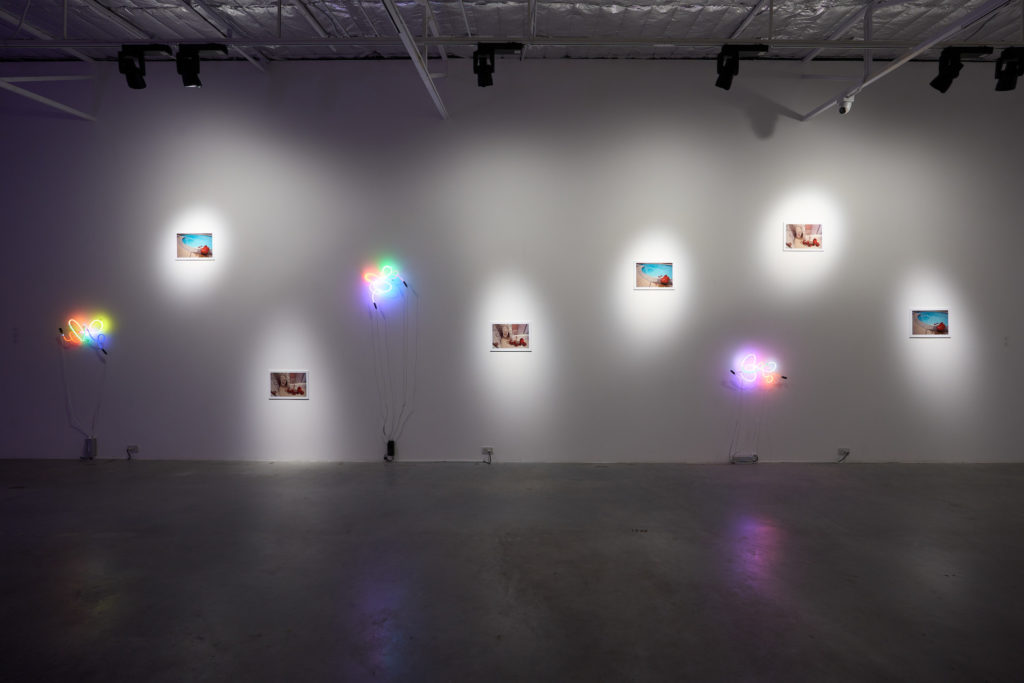
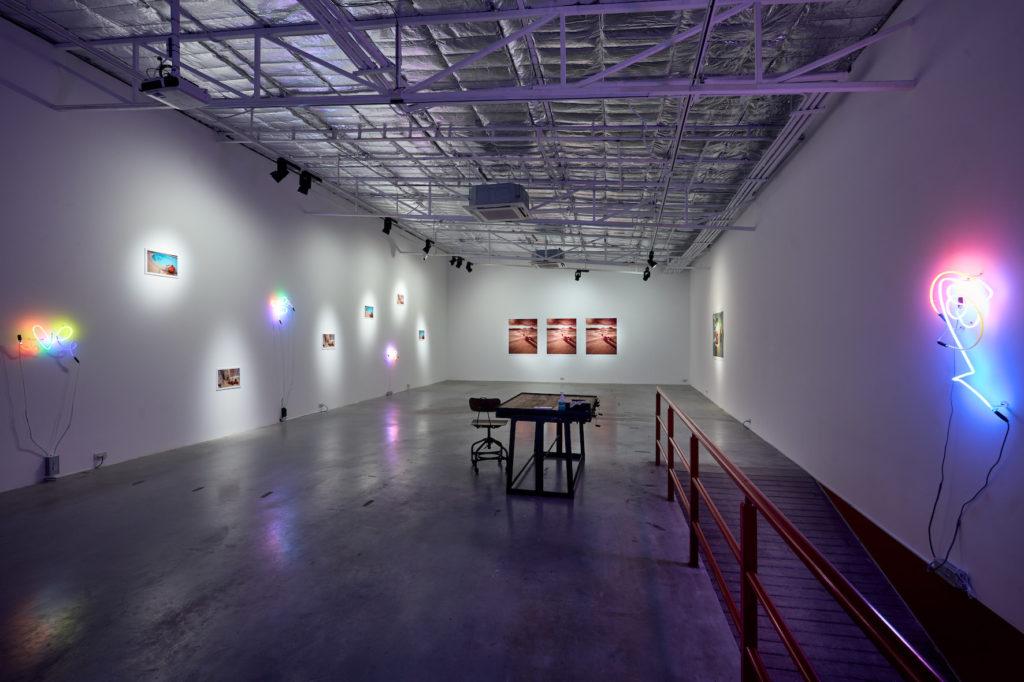
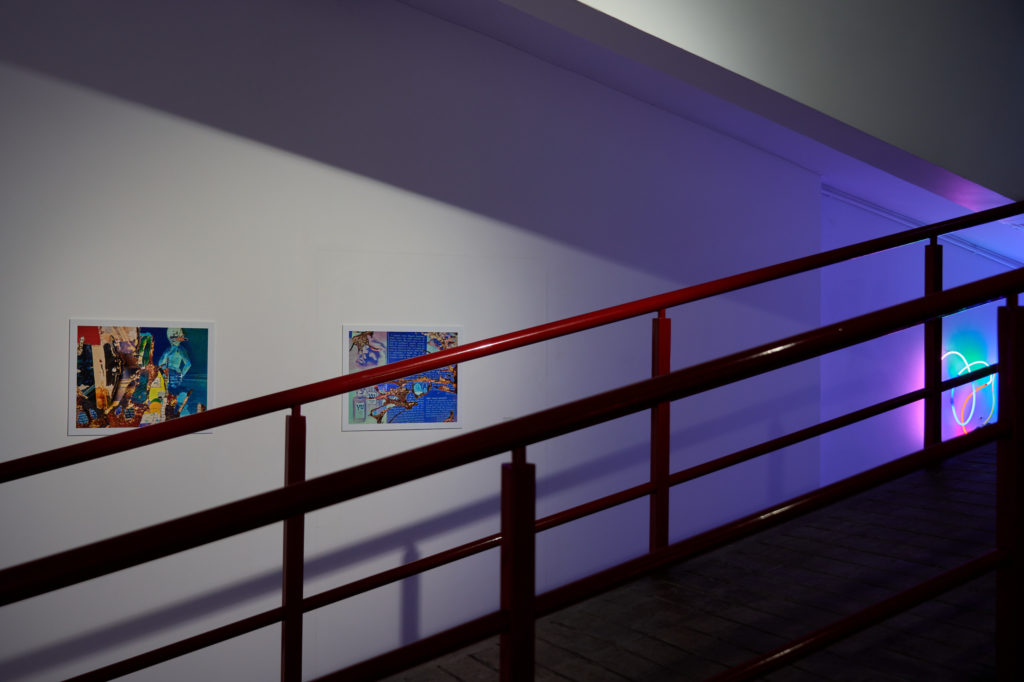
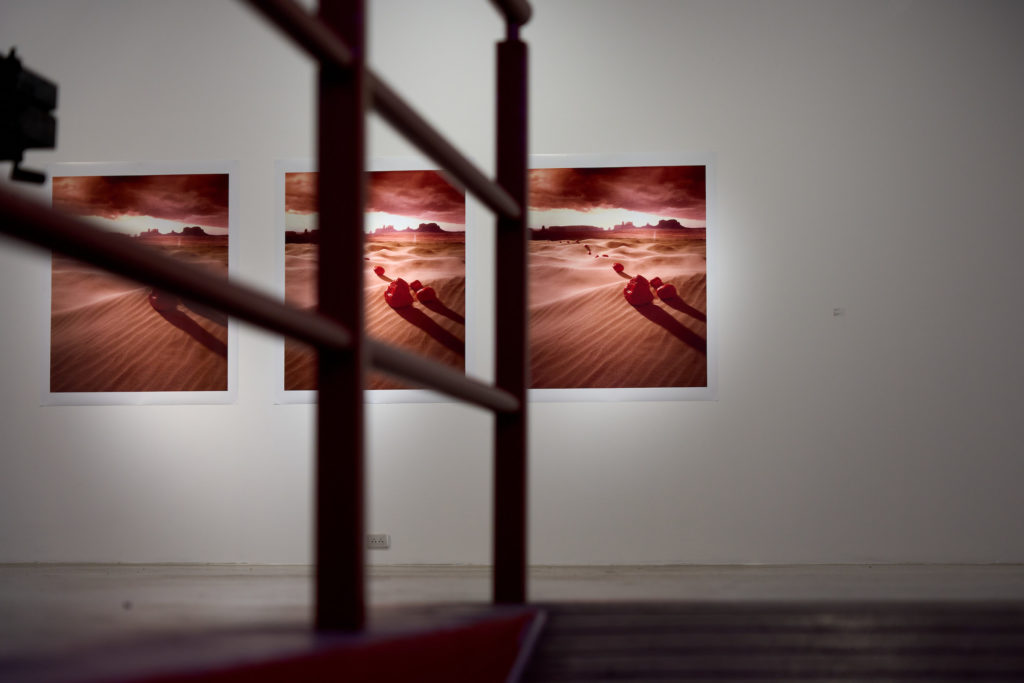
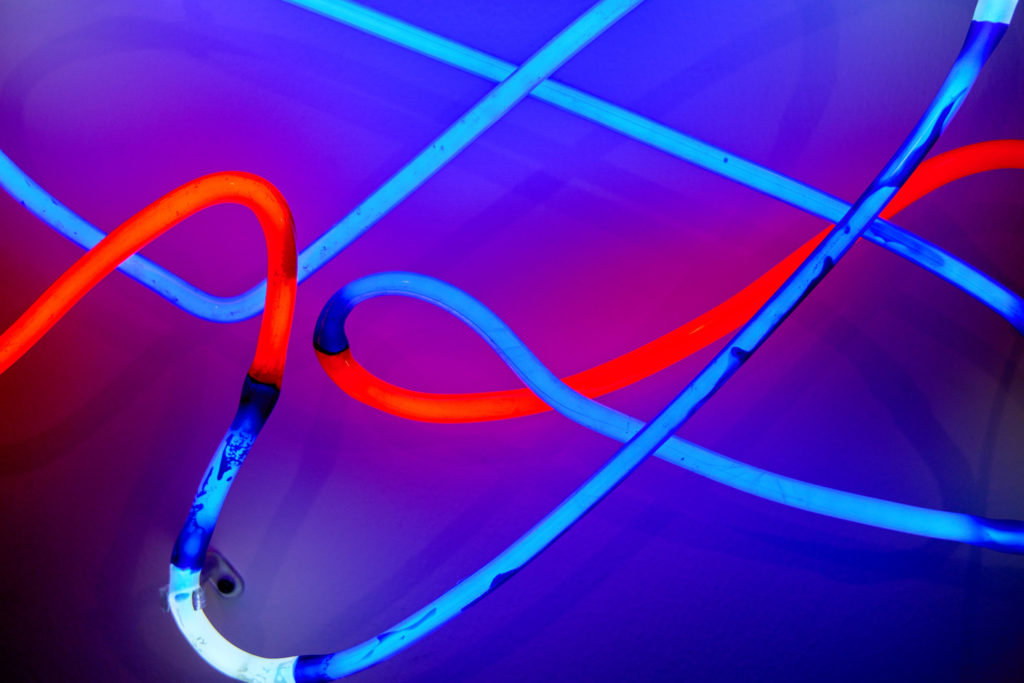
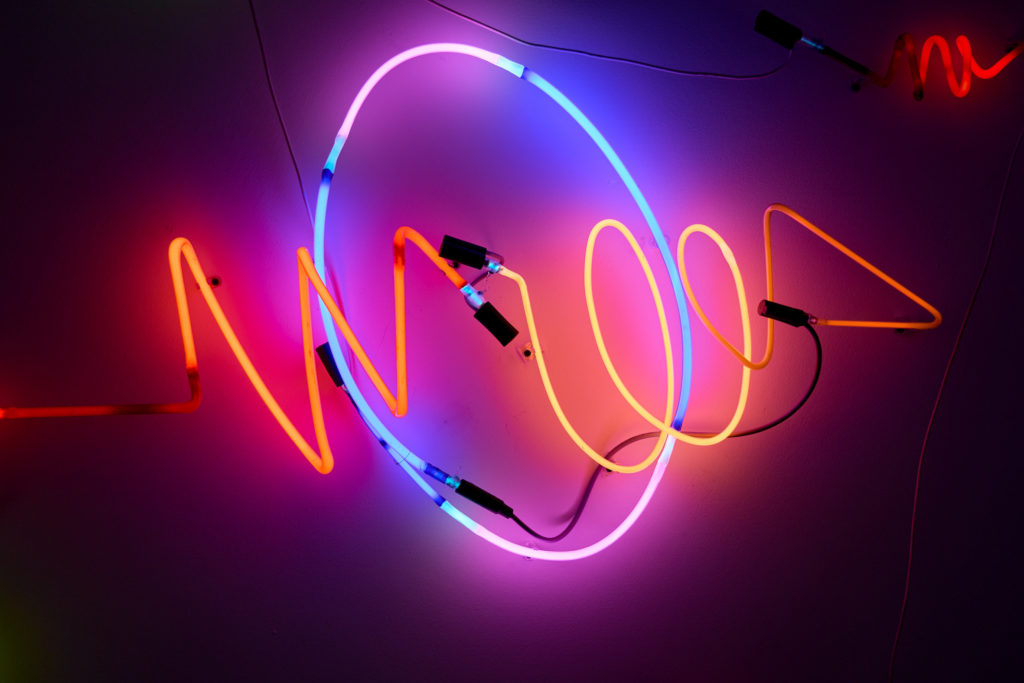
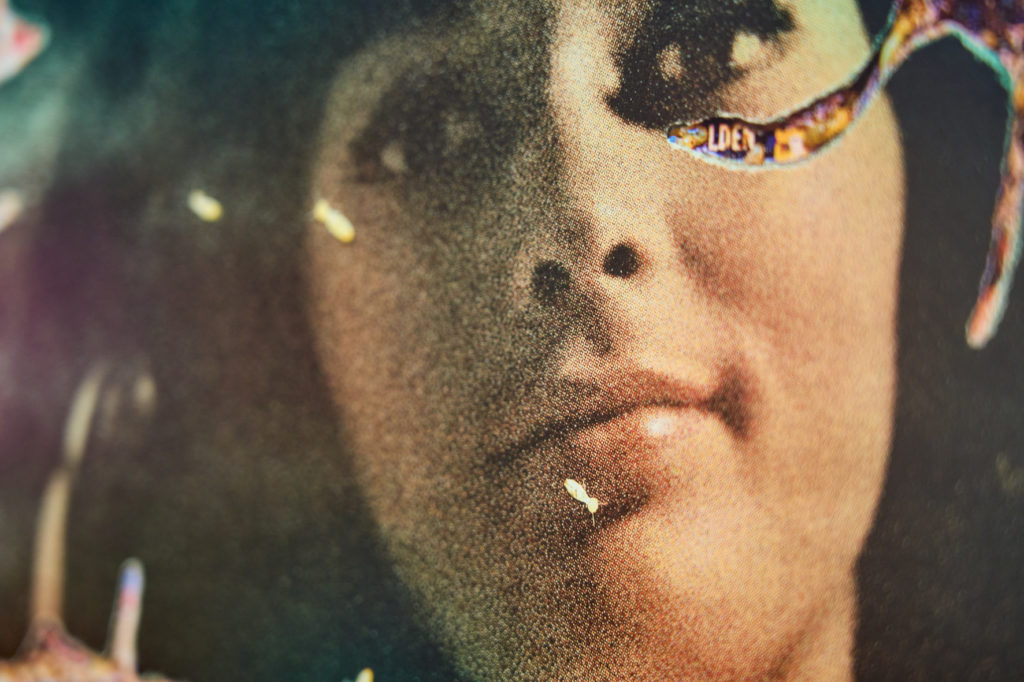
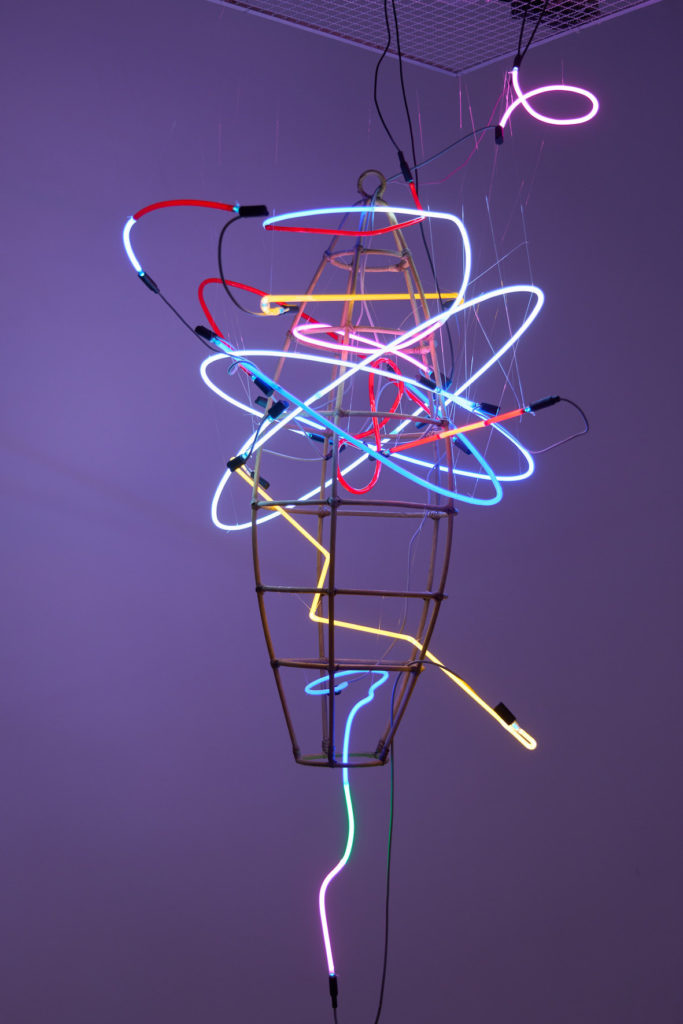
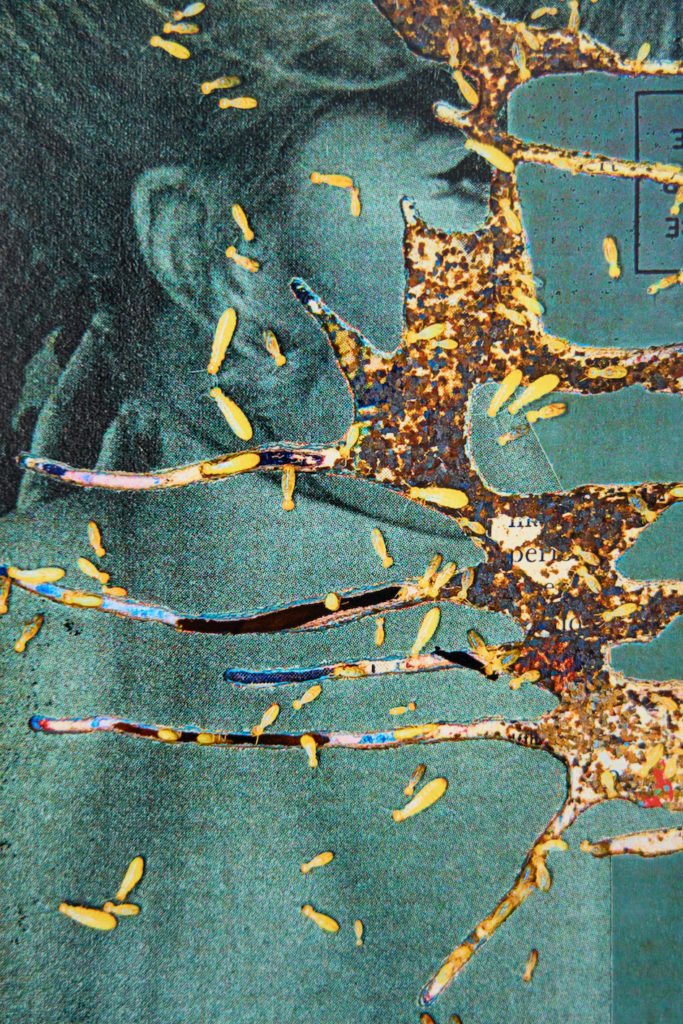
A discussion has emerged in modern times about what is considered a sentient being. The animal rights movement has been using sentience to push for regulation in animal treatment. Lately, it has been linked to Artificial Intelligence development.
Sentience is the ability to experience and perceive feelings and sensations. Humans are sentient. We are affected by our surroundings. Some people believe that being able to feel and be aware of it, is the foundation of life, making it worthwhile and meaningful. However, we can also experience sensory overload, or the sensations received are painful mentally or physically. For some, this aspect can become a torment.
Part of these experiences, good or bad, infiltrates into our minds without being noticed. Many believe that they appear in our dreams, which act as an outlet of the unconscious or a way to process this information.
In Sentient’s dream, Giles Ryder and Dow Wasiksiri apply different artistic approaches that aim to challenge viewers’ perceptions and invoke their inner response.
Ryder employs lighting installations and paintings. He often uses synthetic materials, such as neon lights to create a disorienting and intense environment. Sometimes, a traditional medium such as painting has been interpreted, constructed, and deconstructed to challenge the idea of its two-dimensional aspects. His works correspond to cultural signification associated with the material used, and the physical and psychological effects of lighting, colours, form, and space.
Wasiksiri explores his main medium, photography. In some series, he has crafted and constructed space and narrative that seem to transform flat surfaces into other worlds within, an overlap between internal and external spheres. In others, he has captured the moment and the natural alteration of objects which results in their transformation. Through this artistic process, viewers are drawn into his story, which at first glance appears familiar yet peculiar.
If a dream is a place where our conscious and subconscious meet, then every minute incident can be submerged and manifested in our mind. In this exhibition, both artists have created a sensory realm that is fluid and open for individual interpretation and inquiry. A chance encounter within a finite place and time that provoke our senses and personal reflection.
Artist Statement
Dow Wasiksiri
In Search of Self
In this series, it happened one night that I dreamt of big rocks at the time when I was studying Cinema and photography in California, USA. I was curious to know what the meaning of those rocks were, luckily at that time I was also taking a course in Psychology as an elective subject so I researched the meaning from Carls Jung’s book ‘The Symbol of Dreams’ which stated that the rocks in dreams are a symbol of one’s self, he believed that after a burial ceremony of the deceased their spirits will remain in rocks that exist in cemeteries.
I took this as a base for my series ‘In Search of self’ where I established the rock to represent myself in the photographs and the red representing my personality at that energetic young age.
I had wanted to search and find the self (myself) looking into the past through the conscious, subconscious and unconscious. The unconscious mind stores the memory from birth to about 6 years old, after that the memory is stored in the subconscious, and our present is perceived through the conscious mind.
Termites’ Dream Comes True
This unprompted set of works started when I was clearing out my storage room and came across telltale signs of termites. I knew then that I should expect the worst, and I was right. In a box with several old Playboy magazines from around 1965 that once belonged to my late uncle, termites were merrily eating away the pages and enjoying the feast of their dreams.
At that moment, I thought that the only way to save and keep the memories of these vintage legendary magazines was to grab my camera and to photograph some pages that was interesting and of cause with termites eating away at the pages. However, upon sensing my intrusion, the termites quickly dispersed themselves, therefore I had to work fast before they all disappear.
After looking closely at the photos that I took, I found many layers of stories that I could read into from the images, as it was interesting to see textured damages to the old advertisements, editorials, cartoons and contents that take us back in time. It was then that I saw the potential to develop these images into graphic abstract expressions. So, I decided to enhance the colors to make them more vibrant and more meaningful instead of just documenting the damages on each page. It is hoped that as a result, viewers will also be able to discover their own layers, do their own reading into the images, and have pleasant sensations of fulfillment like the termites did.
The overall outcome of this is what I personally would like to refer to as “Accidental” or “Unprompted Art” according to my own definition
Giles Ryder
Right now, we are post pandemic and now ‘life’ is open, but somehow this sets a fractured time zone. But what about the mess what about the disruption or do we just subscribe and sit back? Where do we return back, but what exactly do we return to, and what was once there does it remain?
The works developed for this exhibition look back over some of my own aspects in my practice as well as situating some past works within to frame and grid in + to cross into break over. The use of colour against and within structures. The interplay of line, order and disorder. Loops of energy breaking in and out. Spirals, Vortex’s, Rhythm and Chaos, Artefact’s feeding back into each other.
The gallery space contains free formed shapes linear lines travelling above the viewer,
interconnecting colours floating from the gallery ceiling producing space like structures and primitive diagrammatic dialogues all floating within the gallery as well as wall works. The immaterial effect is harnessed via the cast light onto the gallery walls that softly contrasts to that of the hard neon lines.
Presenting a crude cosmology where by one isn’t quite sure of how to locate the experience – one part Science, another part Abstraction, one part Science fiction. For now we know that light is no longer a constant and its experience is upon the ‘speed’ of the witness. All is at once a faded memory of what was at one point a probable and optimistic future, for therein lies the corruption of forms.